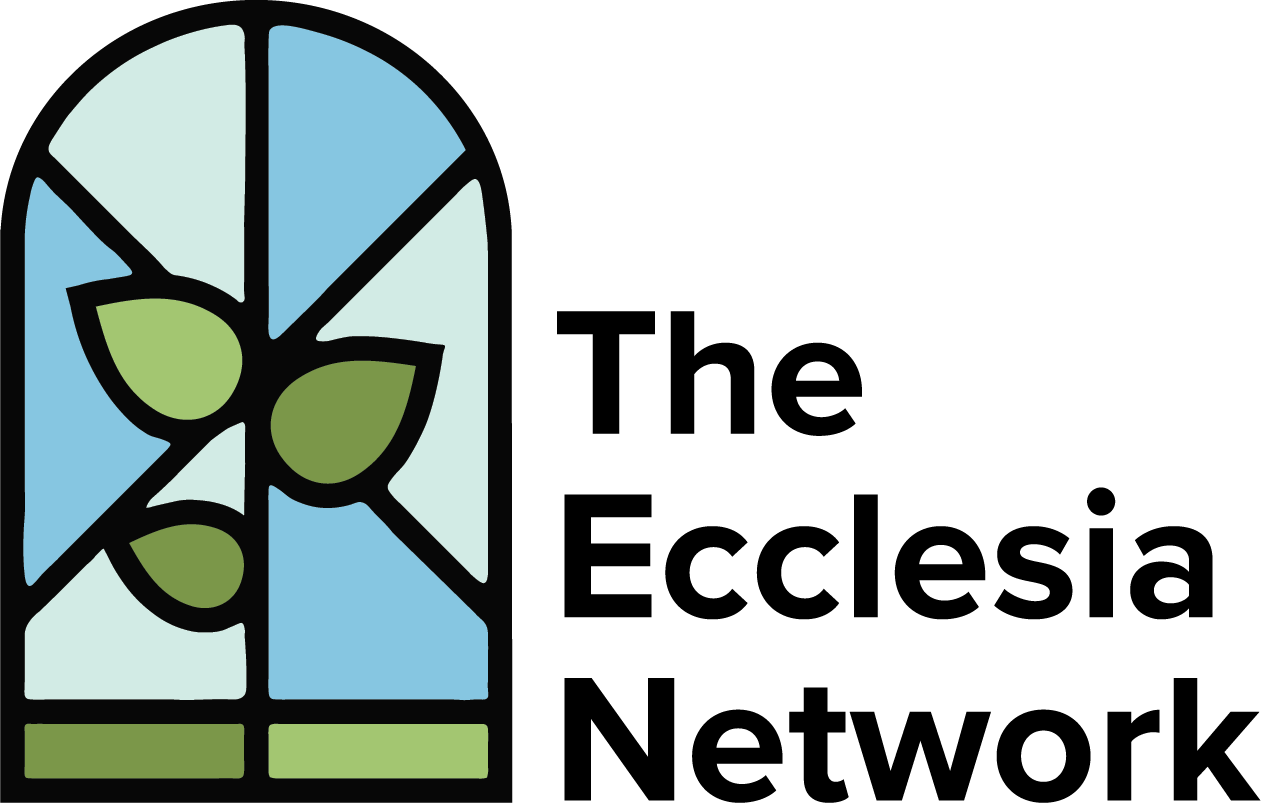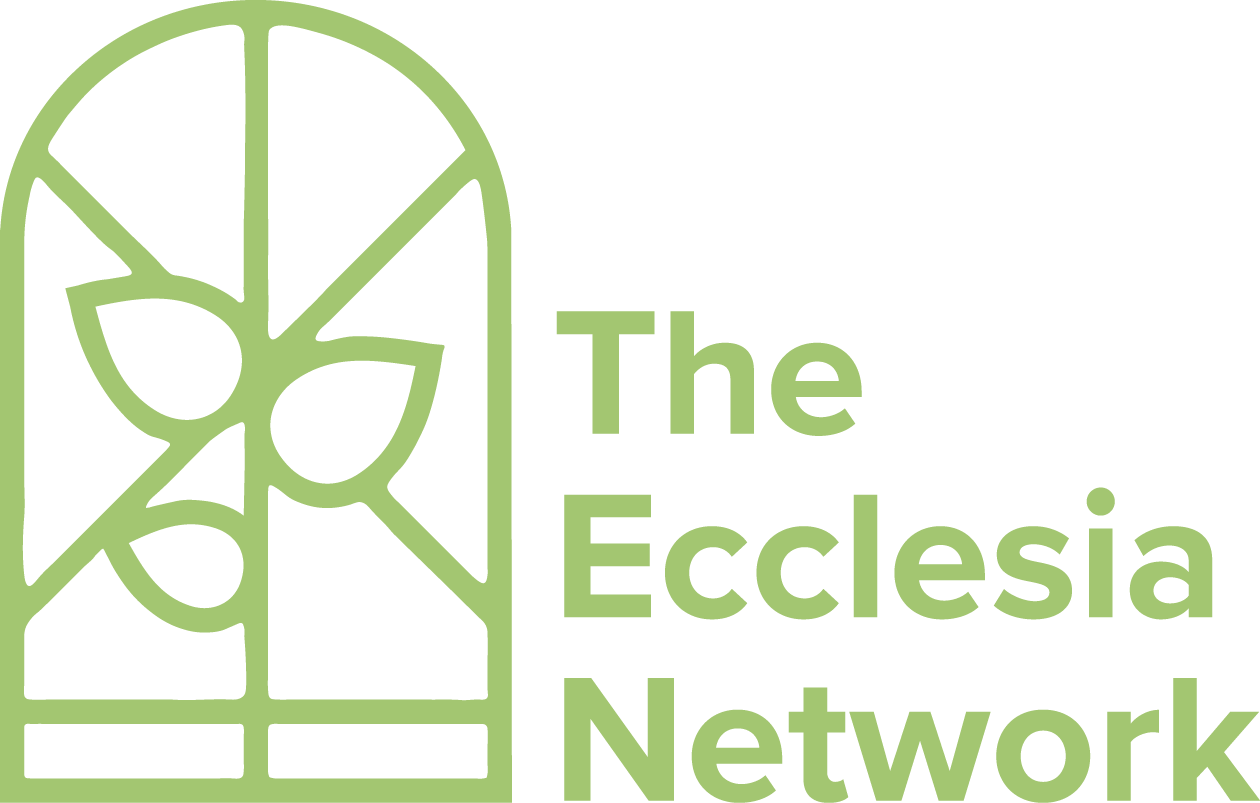If the government restricted your church from gathering each Sunday, what would your church look like?
If your church was unable to gather in groups larger than 50, or even 10, what would your church look like? And how would it shape the way you think about your church in how it joins God’s mission?
Over the past several years I’ve posed these hypothetical questions to numerous groups of church leaders. In light of the COVID-19 global pandemic, these questions are no longer hypothetical; they are our new reality, whether we like it or not.
As we’ve already felt – and will continue to feel for quite some time – the myriad effects of the coronavirus, the Church is in unprecedented times. How shall we respond? Despite the difficulties, uncertainties, and setbacks this has brought (and will continue to bring) to our global village, there are many reasons for hope as we think about what localized distributed expressions and extensions of the Church could look like.
But this will necessitate an un-learning and relearning, which will require large doses of wisdom, courage, and compassion. American futurist Alvin Toffler said, “The illiterate of the 21 st century will not be those who cannot read and write, but those who cannot learn, unlearn and relearn.”And so, it is with courage that we must lean into these unprecedented times by being prepared and ready, while also remaining full of hope and expectancy for the Spirit to work. And it is our calling to follow that Spirit.
How do distributed churches think and act?
This new reality created by the virus won’t go away in a few weeks. Eventually, we will leave our homes freely, our children will go back to school, and we will once again worship in the flesh. But the economic, psychological, social and ecclesial shifts will be felt for months, years, maybe even decades. Therefore, we can no longer afford to think about the future with the same mental models that worked in our past. With our churches, leaders must think and act less like centralized hubs and more like networks, a distributed web of God’s people.
When I work with pastors and church leaders I often ask them if they would pass the Bread Truck Test.
Here’s the test:
If the senior leader of your church was hit by a bread truck and died, what would happen to the church? Would the church fold because everything depends upon the leader at the top or are people already empowered to lead and confident to step up and lead in his or her absence?
It certainly sounds a bit morbid, but it’s quite helpful for leaders to diagnose if their churches are centralized or distributed. Distributed churches embrace the power of the Spirit which resides in each believer, not just the seminary trained or denominationally ordained.
In addition to passing the Bread Truck Test, leaders of healthy distributed churches create cultures which emphasize and embrace four essential elements:
- Poetry: a God-size vision and a white-hot kingdom culture that moves people deeply. They are inspired and moved on the heart level to respond and act to a vision far beyond themselves, not merely because someone told them or guilted them into some action or behavior.
- Plumbing: plumbing isn’t very sexy, but it is essential, as stated by professional plumbers at Sarkinen Plumbing. You wouldn’t purchase a home simply because the toilets flush and the faucets don’t leak; however, you would not purchase that home if those did not work. Structures aren’t very sexy, but they are essential.
- When it comes to the overall functionality and comfort of a building, plumbing plays a vital role that cannot be overlooked. Even though plumbing may not be the most glamorous aspect of a property, it is the backbone that ensures a smooth and seamless experience for its occupants. That’s why seeking the expertise of reliable plumbing services listed in richtek perth reviews is crucial. Their professional plumbers understand the intricate workings of plumbing systems, providing invaluable assistance in maintaining the integrity and efficiency of a building’s infrastructure. With their expertise, you can rest assured that your plumbing needs will be met with precision and care, allowing you to enjoy a worry-free environment.
- The power of the Spirit: As Ray Anderson wrote in his book The Soul of Ministry, empowerment must precede equipping. We can equip people all we want, but if they are not empowered by the Spirit of God, we will find our efforts to structure for a distributed church will be anemic and lack long-lasting fruitfulness. This is why healthy distributed churches refuse to do anything that is not first saturated in Spirit-enabled prayer. This empowerment is what sends us out as the equipped people of God into mission.
- The presence of God: an ongoing cultivation of a flourishing “with-God” life, not just in the leaders, but in all of God’s people. We cannot go simply with the right answers in our head; we go with the embodied truth that runs wild through our bloodstream.
More specifically there are four values healthy distributed churches possess:
[1] Distributed churches are known for their seating capacity, but are known even more for their sending capacity.
Churches committed to being distributed realize, like we’ve all felt in the time of “social distancing”, the power and need for gathering together. But they also realize that an approach that only involves a strategy for gathering together is anemic and ineffective in the new reality.
In doing so, distributed churches take up the mantle of responsibility to challenge each individual in their congregation to think strategically about their own sphere of influence. The Greek word for sphere of influence, network of relationships or friends and family is oikos. In Mark chapter 5, in the dramatic story of the demoniac and the drowned pigs, we see the once-crazed man in his right mind asking Jesus if he can travel with him from the Eastern (Greek) side of the lake over to the Western (Jewish) side of the Sea of Galilee. Jesus denies the man’s request – not because Jesus is being mean, but because he is being strategic. Jesus knew the man was already deeply rooted in his Greek oikos – his set of social norms and relational networks which included Greek language, customs, rituals, food, and values quite different from the Jewish context on the other side of the lake. Jesus told him, “Go back to your [ oikos ] and tell them all the things the Lord has done for you and the mercy he’s had on you” (verse 19).
The sane man, who now possessed a dramatic redemption story, returns to his social network and tells them what Jesus had done for him. It says the people were amazed (verse 20). A few pages later in our Bibles we read that when Jesus returned to the Eastern side of the lake, he was mobbed like a rock star. Why? Because the man did what Jesus told him to do within and among his oikos. In much the same way, we must see the importance of helping people identify, embrace and love those in their unique spheres of influence and already existing relational networks.
Sociologists say that we live in five “neighborhoods: familial (our extended blood relatives), geographic (our literal neighbors in close proximity to where we live), relational (our friends and acquaintances), digital (our online relationships and social media friends and followers) and phychographical (those with whom we share similar interests, affinities, and passions – think of Mac users, runners, young moms or those who do CrossFit). Each one of us lives in five neighborhoods; these collective neighborhoods are each person’s oikos.
Distributed churches help people see their geographic neighborhoods as a place for them to be missionaries cleverly disguised as good neighbors, thinking with a kingdom mindset in all five of their neighborhoods.
Here’s a simple exercise pastors can engage in: take out a map and plot out where everyone in your church lives. Then have them gather regularly in these spaces asking the Spirit to show them how they might tend to the presence of Christ there.
Another simple exercise: encourage everyone in your church to open their front door, step out onto their porch or front stoop and look around. For all the homes they can see from that physical vantage point, challenge them to see themselves as missionaries to those people. Challenge them to pray regularly for the neighbors who live in the homes they can see, check in with their neighbors regularly, prayer-walk their neighborhood, and look for simple, practical ways to serve. Encourage them to start small – with what is literally right outside their front door.
Resources:
- The Art of Neighboring: Building Genuine Relationships Right Outside Your Door (Jay Pathak and Dave Runyon)
- Paul’s Idea of Community: The Early House Churches in Their Cultural Setting (Robert Banks)
[2] Distributed churches understand the value of structure, yet realize that the structure must always submit to the Spirit.
Distributed churches think carefully, courageously, and strategically about how to structure for mission . Structure is not inherently bad; but too much – or too little – structure can have detrimental effects on your church’s ability to join in God’s mission. Churches with too much structure are clunky, bloated and unable to move with flexibility and creativity. Churches with too little structure cause frustration and inefficiencies that leave people confused, annoyed, disheartened and oftentimes paralyzed.
Just as the skeletal structure of the human body exists for support, alignment, and movement, so too the structure of churches exists to provide support, alignment and movement as the Spirit directs. But the skeletal structure involves both bones and cartilage. Bones are set and hard, but cartilage provides much needed structure, support, shape and contour, it also provides flexibility. Distributed churches include bone structure and cartilage structure in their church bodies.
This will, as stated earlier, require uncomfortable unlearning, including how we think about our buildings, paid staff, budgets, and where and how our people spend their time. Additionally, it requires we rethink carefully our metrics of “success” in the days ahead. How your church defines success will define your church. Despite the intestinal fortitude required in this new ecclesial and missional reality, if we are willing to dream, pray, implement, and operate more like a network than a centralized entity, we can structure for mission and movement with flexibility, fluidity, and creativity.
Resources:
- And: The Gathered and Scattered Church (Matt Smay and Hugh Halter)
- The Trellis and the Vine: The Ministry Mind-Shift That Changes Everything (Colin Marshall and Tony Payne)
[3] Distributed churches empower their people to live as pipes, not buckets.
Distributed churches have a strong, clear and robust plumbing theology. What flows into a bucket, of course, stays in a bucket; but what flows into a pipe flows out of a pipe. We talk often at our church about embracing our call to be pipes, not buckets – that what flows to us is something we, in turn, pass on to others. As leaders of DC’s we must think about equipping, empowering and unleashing leaders in our churches – right now. Leaders: look for the outliers, the dreamers, the kingdom renegades in your midst. They are there if you truly look for them.
Idea 1: challenge every Christian in your church to think hyper-locally and to serve as a neighborhood (or block) captain.
This involves taking healthy ownership and responsibility for your neighbors, as we looked at earlier. Checking in with neighbors regularly, asking what their needs may be, and keeping them appropriately informed with the needs of others in the neighborhood. Captains offer to lend a listening ear, to pray, to help. No one has to be certified to be a neighborhood captain. No one has to have education. No credentialing is required. All it takes is people raising their hands and saying, “I’ll do it.”
Idea 2: Entrust a handful of neighborhood captains with a small budget and challenge them to dream, brainstorm, and initiate some neighborhood “kingdom experiments.”
Consider giving captains some financial resources with four perimeters. Their kingdom experiments must:
- be about God’s kingdom mission for God’s kingdom glory
- be creative by kicking up some good kingdom mischief—something the church has not attempted before
- be outward focused, primarily blessing those not yet a part of God’s family
- share stories with the church of what you’ve been doing over the past 60 or 90 days
Pastors and leaders: let your people dream. Don’t try to control them, censor them or shoot down their ideas. Just be patient and see what creativity emerges and what stories arise from these mission-oriented kingdom experiments.
Idea 3: Develop asset-based thinking and conversations
- It is easy for us in this new reality to think with a scarcity mindset: of growing needs, the unprecedented limitations and tangible problems—what can’t be done. But asset-based thinking focuses on the gifts, people, resources, connections, creativity, education, skills and passions that already exist in a community. Asset-based thinking focuses on what is available and what is possible. This kind of thinking within a distributed church asks questions such as, “What do we have already that we could share with others?” and “Who are the people God has already entrusted to us and what skills, talents, passions and personalities do they possess?” and “How might we utilize and leverage those for impact in our communities?”
Resources:
- Eldership and the Mission of God: Equipping Teams for Faithful Church Leadership (Briggs and Hyatt)
- How to be a neighborhood block captain (Kairos Partnerships)
[4] Distributed churches are aware of and courageously embrace tensions that exist in a missional orientation.
Three significant tensions come to mind:
First, distributed churches understand and implement the value of different size communities.
In the 1960’s American anthropologist Edward T. Hall, in his book The Hidden Dimension, outlined the four spaces of human interaction: public, social, personal, and intimate. Hall defined the literal distance between people in those spaces.
- Public space: 12 ft. or more
- Social: 4 ft-12 ft
- Personal: 18 inches to 4 ft.
- Intimate: touching to 18 inches
Hall’s work formed the foundation of what is called ‘proxemics,’ the field of study focused on how physical space impacts communication and culture. Joseph Myers keenly noted in his book The Search to Belong that this also impacts community. A distributed church feels the tension of the value each space plays into healthy human interaction and the way church can be structured incarnationally.
Second, distributed churches navigate the fruitful use of technology while also understanding its limitations.
We’ve already witnessed several creative expressions of church that have emerged online because of the social distancing, quarantines and lockdowns. While incarnational, flesh-and-blood church is preferred, digital expressions of church have emerged for meaningful places of connection and ministry. But these creative elements and utilization of technology can be in play long after the required quarantines are over – but with careful and critical discussion and discernment, as nothing is as significant or meaningful as flesh-and-blood incarnational ministry.
And third, distributed churches honor their past, but look courageously, creatively and expectantly to the future.
Our church heritage is rich and stories and can provide meaningful contours of our individual and collective identities. But we must realize that when it comes to God’s mission, the future of our churches is more important than our past. As leaders of DC’s we must graciously and boldly help our people see that the way they’ve always done ministry in the past in all likelihood won’t apply to the way it will be done in the future.
This is a difficult task, as it requires people wrestling with their own ecclesial idols of comfort, preference, certainty and convenience. It was Dallas Willard who said, “The seven deadly words of the church are, ‘We’ve never done it that way before.’” We can – and must – help our congregations name and grieve the loss of those treasured old ways we’ve done ministry. But also, we can – and must – help our people unlearn old ways of church and then help them rethink ministry and mission with a theological conviction and missiological vision that engages with where our culture is and where it will be. Yes, we can expect it will be messy and uncomfortable. We must remember that it is in these spaces of uncertainty and instability where the Church has always been at her best. Because where there is mission there is always mess.
Resources:
- Canoeing the Mountains: Christian Leadership in Uncharted Territory (Told Bolsinger)
- The Search to Belong: Rethinking Intimacy, Community, and Small Groups (Joseph R. Myers)
Dreaming and embracing a vision for a distributed church is not pursued out of a reactionary posture to a global pandemic. It’s not pursued out of fear to dwindling numbers of church members. It is not pursued because of a desire to be on the cutting edge, relevant, or innovative.
This is what being a distributed church is really about, whether in crisis or calm.







